The New Forest is not just a forest, as its name might suggest, but rather a mixture of ancient and ornamental woodland, open heathland, river and valley wetlands and coastal mudflats and saltmarshes. It contains the largest area of lowland heath in southern England, a rare habitat that once covered this part of the country. However, the New Forest is not a natural landscape, it has been shaped by man, history and animal grazing over many hundreds of years.
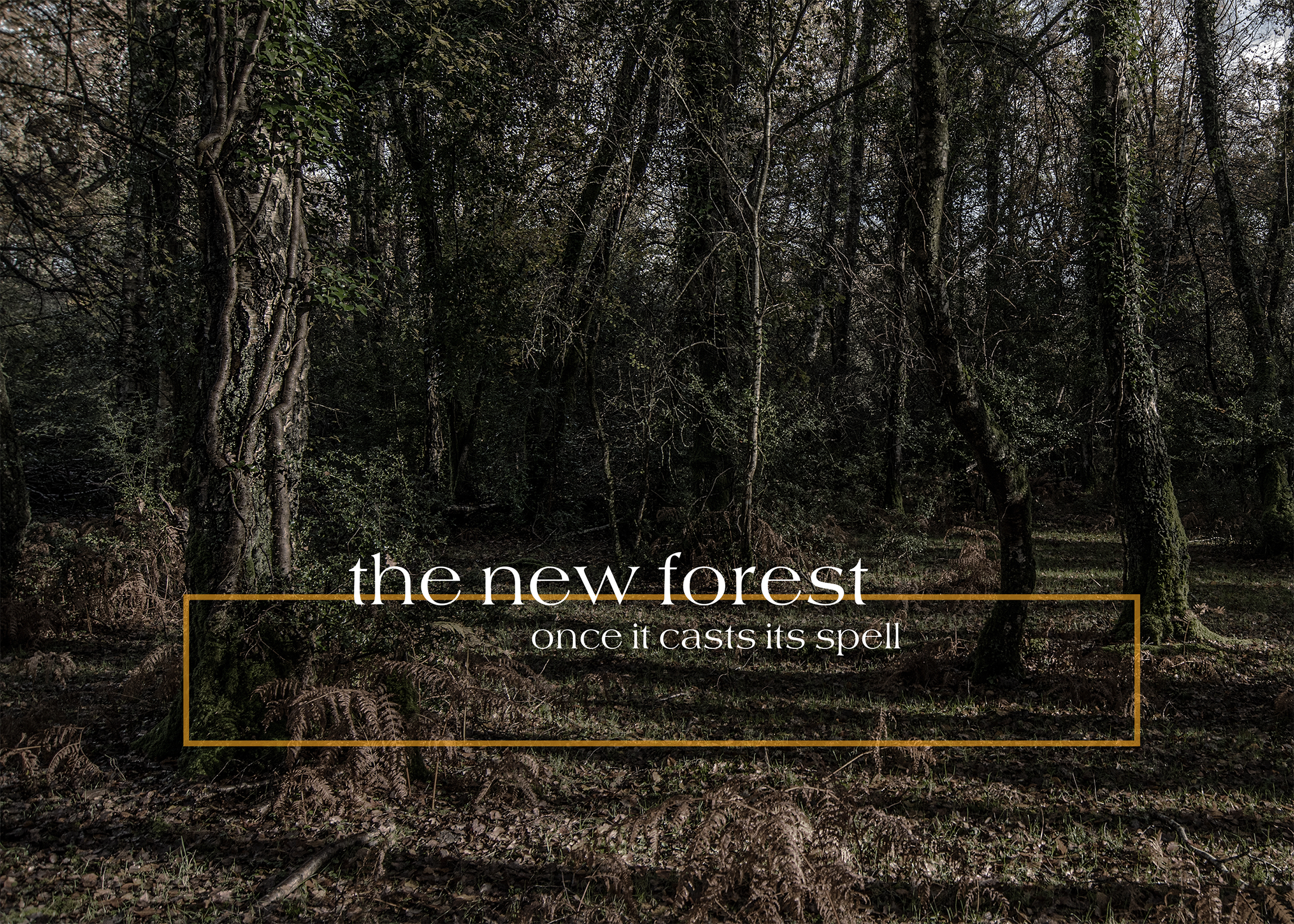
The New Forest is a national park that includes parts of Hampshire, East Dorset and Wiltshire.
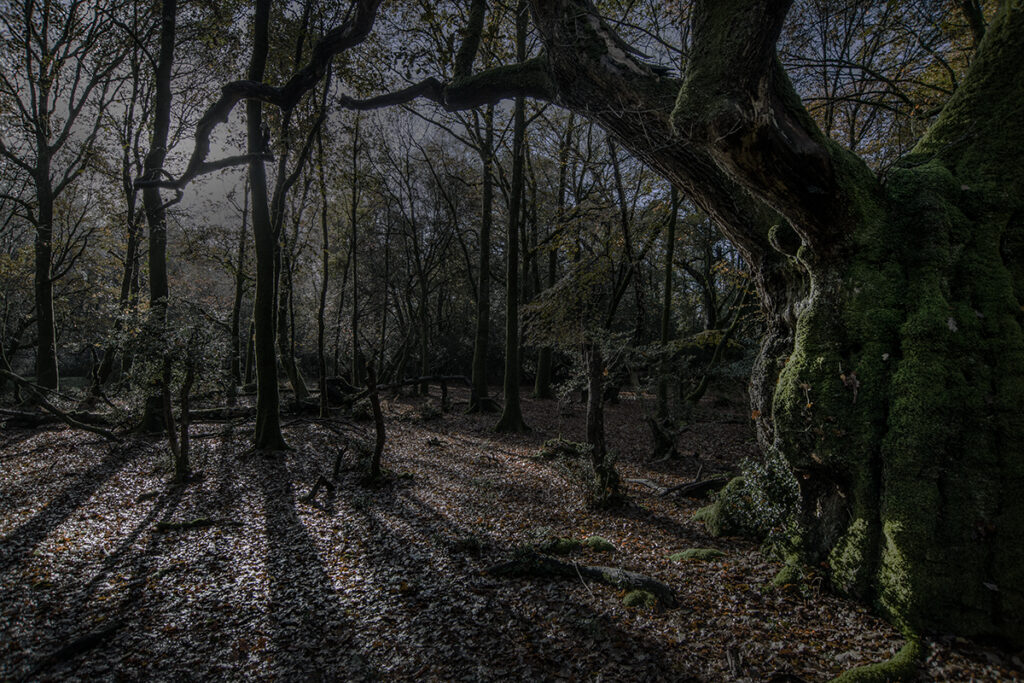
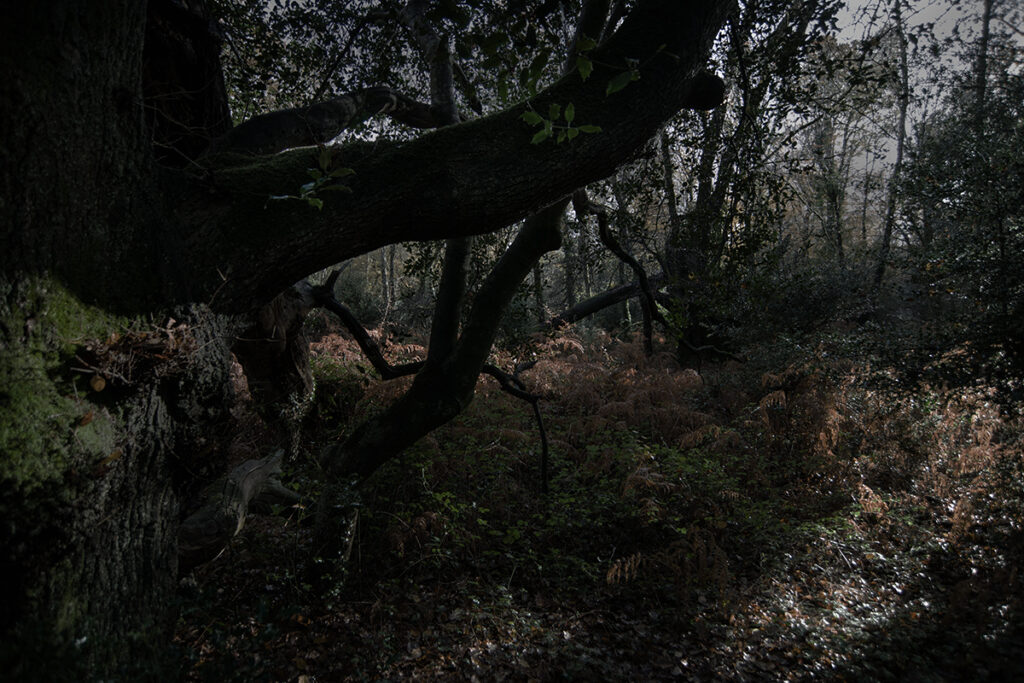
It’s easy to fall in love with the breathtaking and wild nature of the New Forest. Every season offers wonderful scenery of colors from spring, summer to a kaleidoscope of warm shades in autumn to white winter.
In the magnificent New Forest National Park I discovered its true beauty with my own eyes. It was a rainy autumn season, so I found myself among fallen leaves and enjoying the chiaroscuro between old trees, pools and heaths.

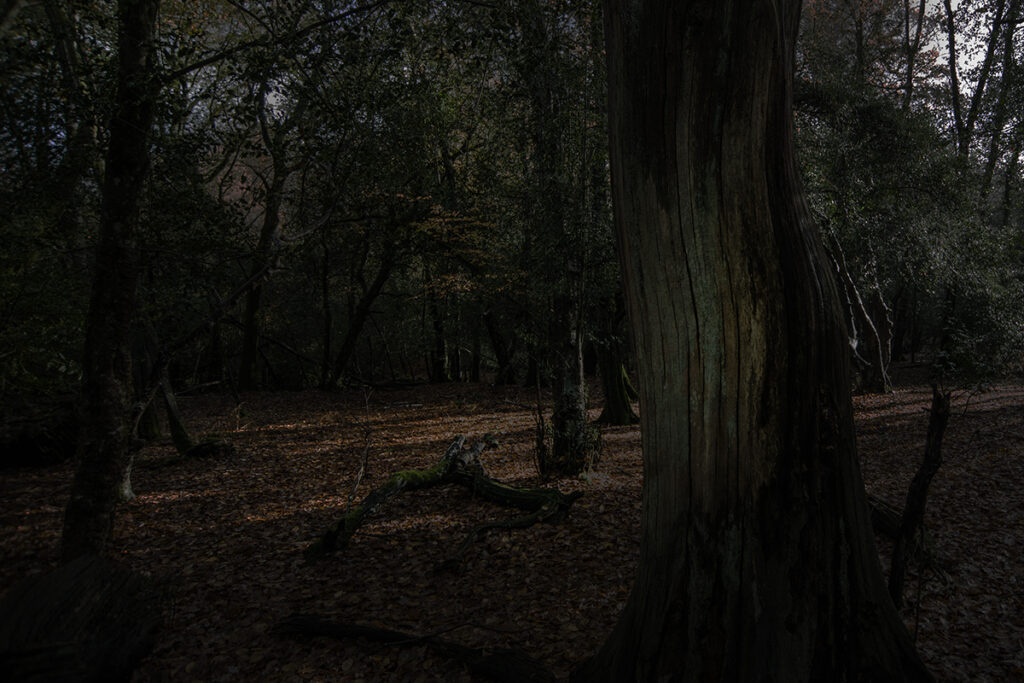
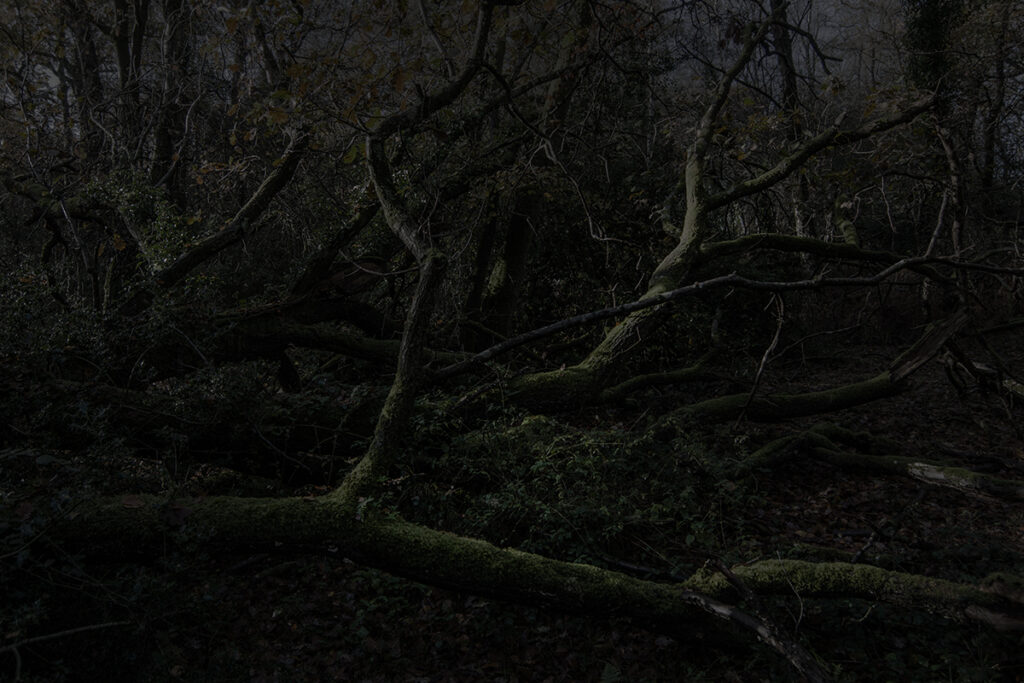
In 1079, William the Conqueror acquired the area as his own hunting forest. He enforced a forest law that prevented local communities from using the forest for cattle grazing, hunting and foraging, or even building fences, as these activities would interfere with Vilém’s hunting.
After William’s death and his successor Rufus, the rights of the common people were finally restored in the Charter of the Forest of 1217. A special Verderers’ Court was established to enforce the laws of the charter and protect those rights.
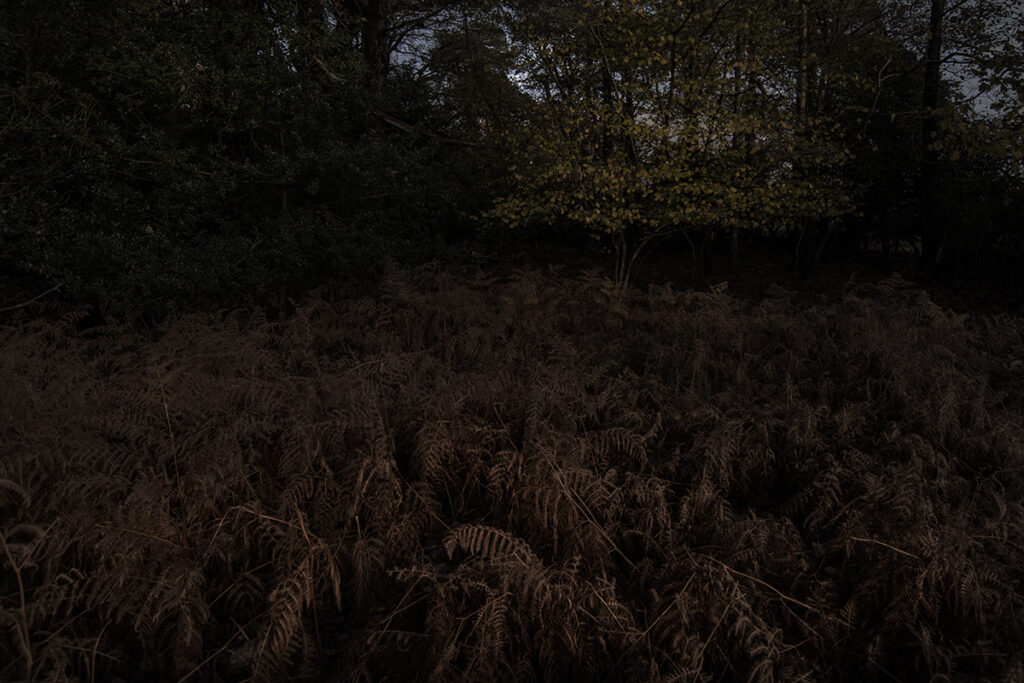
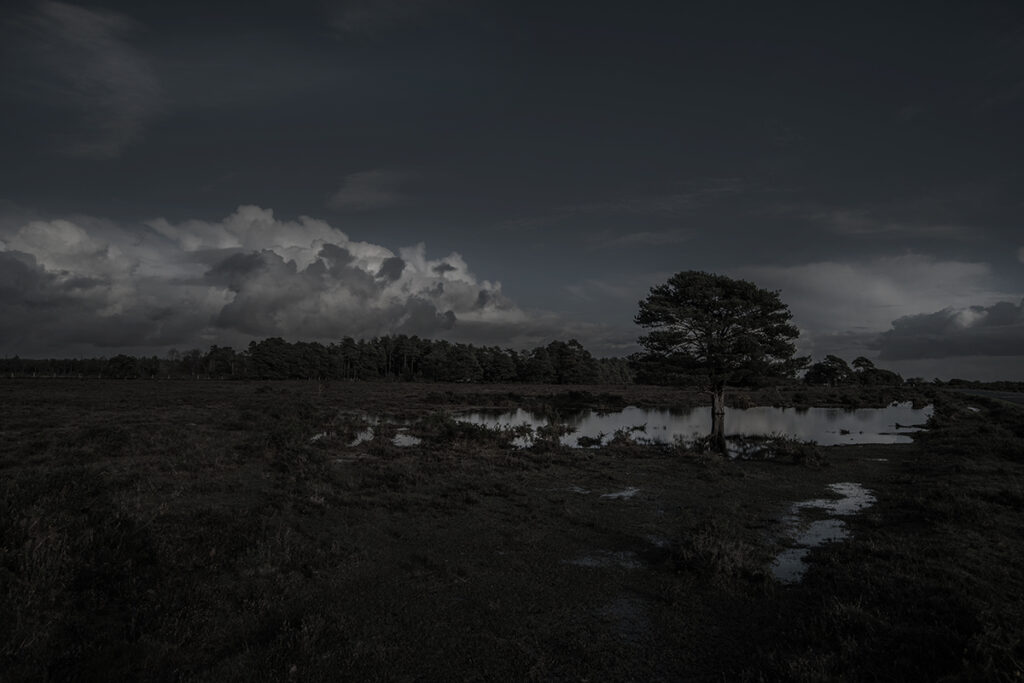
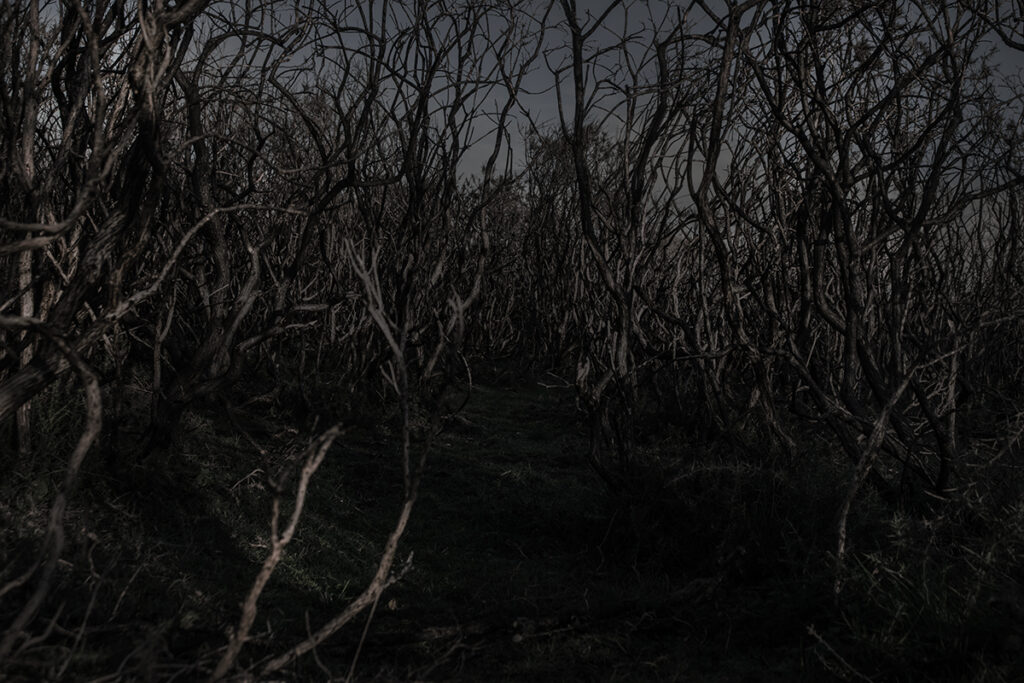
Many of these common rights have been preserved in the New Forest to this day and are still protected by law. They are tied to land or property (rather than an individual) and the people entitled to them are called “commoners”.
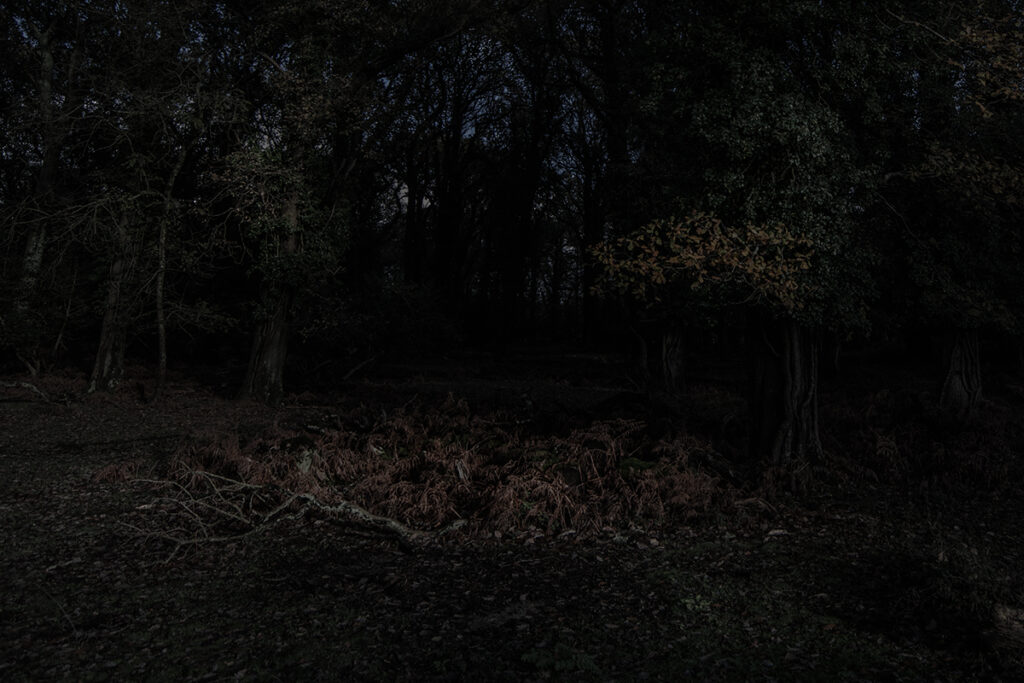
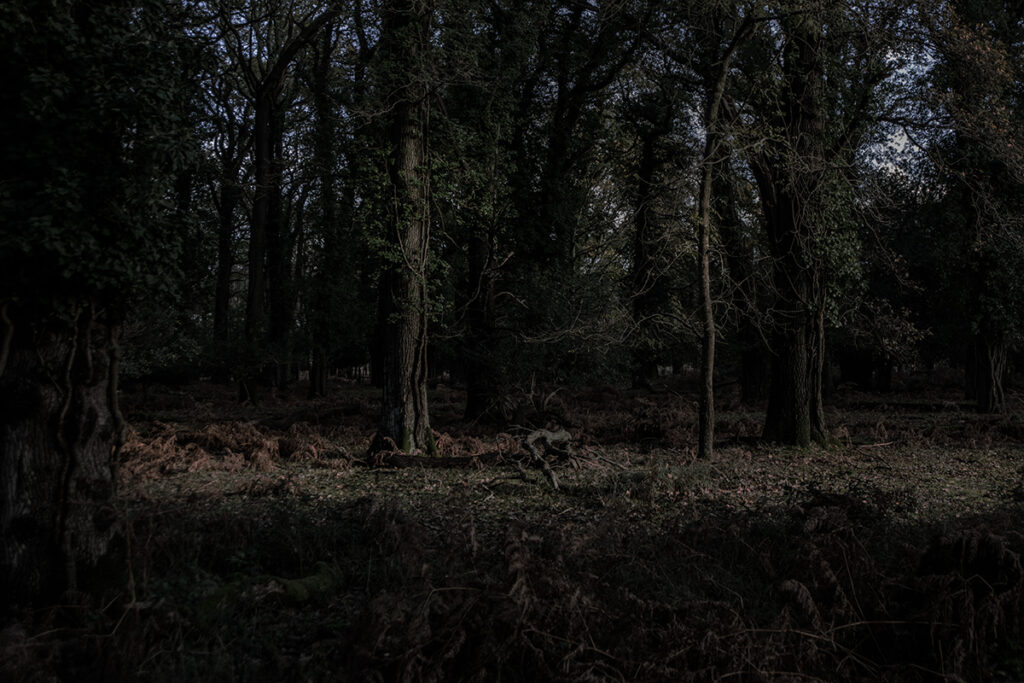
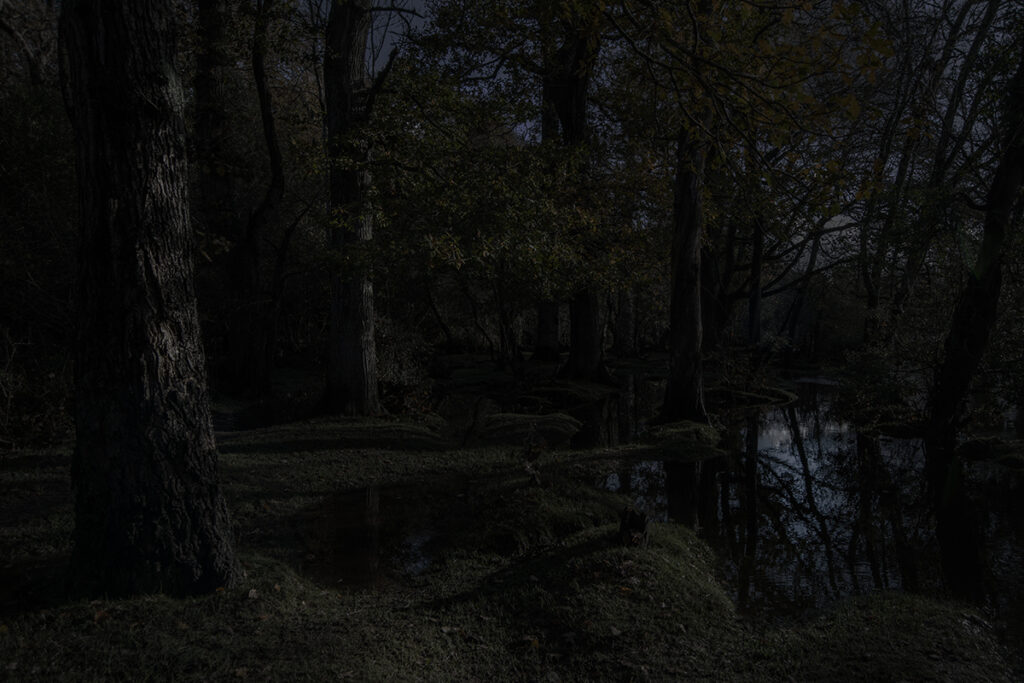
The so-called “verderers”, who still play an extremely important role in the life of the New Forest, take care of the protection of common rights and the forest landscape. They employ a team of “agisters” who also help with the breeding of animals living in the New Forest area.
